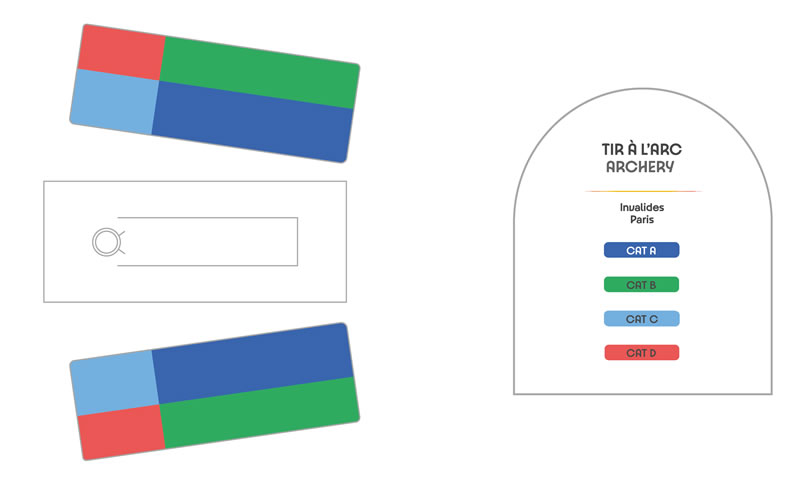ARC09 - Summer Olympics - Paris Olympic 2024 Olympic Archery Tickets

Invalides - Archery
Olympic Archery
Archery has been a part of the modern Olympic Games since 1900, though its inclusion was intermittent until becoming a permanent fixture in 1972. Today, Olympic archery captures audiences with displays of skill, concentration, and grace, highlighting both individual brilliance and national pride.
The Olympic format includes the recurve bow, the only style permitted at this level. Competitions begin with a ranking round, where archers shoot 72 arrows at a target 70 meters away. Scores from this round determine seeding for the knockout elimination rounds, making every arrow crucial. In match play, archers compete head-to-head in sets of three arrows, with two points awarded for a set win, one for a tie, and none for a loss—first to six points advances.
Men’s and women’s individual events run alongside team competitions, with teams of three shooting in a relay-style format. Mixed team events—featuring one male and one female archer per nation—have also been introduced, offering a dynamic and inclusive competition.
Precision is the hallmark of Olympic archery. At target distances, the bullseye measures just 12.2 centimeters across—demanding complete control, mental clarity, and adaptability to ever-changing conditions like wind or sunlight. Athletes often train for years to perfect a shooting motion precise to millimeters.
South Korea has consistently dominated Olympic archery, winning the vast majority of gold medals since the 1970s. Stars like Kim Soo‑Nyung, Park Sung‑Hyun, and Ki Bo‑Bae have inspired new generations of archers worldwide. While Korea’s strength is unmatched, other nations—including the United States, China, Italy, and Russia—have also achieved Olympic success, demonstrating the sport’s global breadth.
Olympic archery is known for its calm intensity. Even in the final moments of a match, archers maintain composure under pressure, turning a tight contest into an exciting, almost theatrical experience. The blend of individual stakes and team collaboration makes archery accessible and riveting to spectators of all backgrounds.
Beyond tradition, the sport continues to evolve. Advances in bow technology, arrows, shooting coaches, and mental training have fine-tuned every aspect of Olympic preparation—heightening competitiveness and raising performance levels.
Looking ahead to Paris 2024 and Los Angeles 2028, Olympic archery promises drama, accuracy, and renewed rivalries. As the field grows more competitive, the event remains a testament to human focus, technical mastery, and the Olympic ideal—striving for excellence on the world’s stage.
